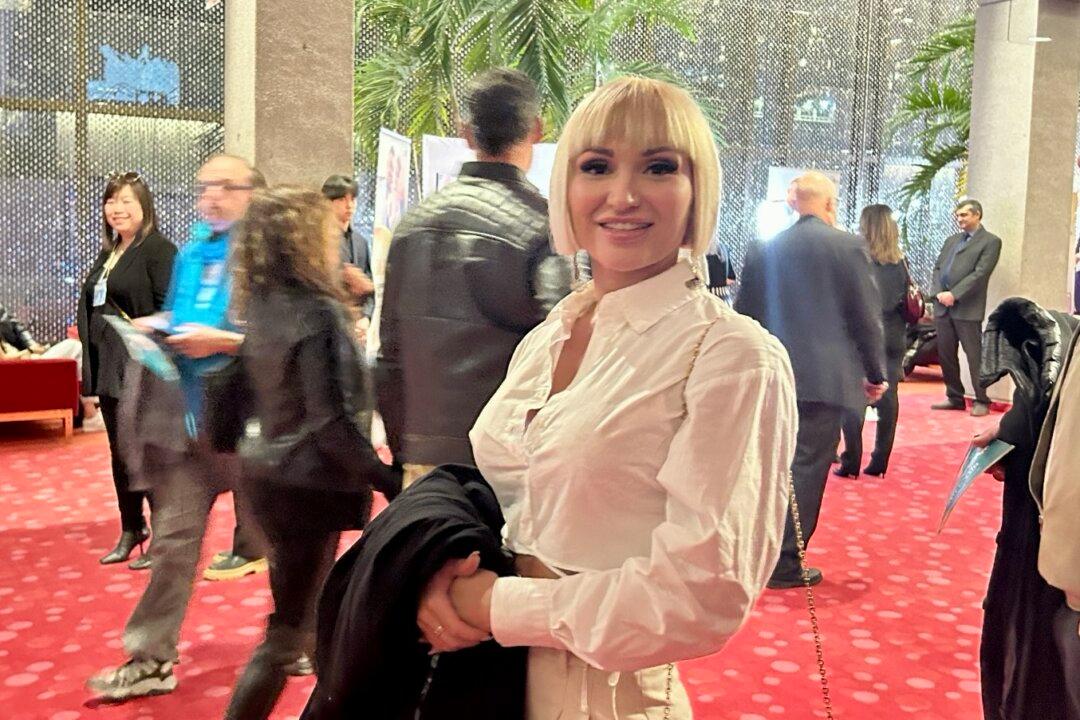The first Polyacrylamide Gel (PAAG) case in Mainland China involving the victim claiming for damages has been settled in Shenzhen’s intermediate People’s Court on Tuesday. The Judge will probably have a ruling in a month. However, when two television reporters from Hong Kong went to the hospital to interview the people involved in the case, they were beaten by many of the hospital staff.
The two reporters are respectively from Hong Kong Cable TV and Asia Television (ATV). When they arrived at the Fuhua Hospital gates to conduct their interviews, they were surrounded by five or six people who claimed to be hospital staff. The reporter from ATV was punched and kicked by three of them and suffered injuries. He called the police for assistance. The reporter from Hong Kong Cable TV was pushed around and his mobile phone was once snatched away from him when he was trying to alert the police.
The policemen on guard from the Shenzhen Huangbei police station claimed that no one was assaulted when interviewed. He indicated that the incident was part of a dispute between the hospital staff and the reporters, and will be investigated under standard procedures.
The Hong Kong Journalism Association expressed high concern regarding the incident, and strongly criticized this barbaric and illegal conduct. They have sent a letter to the Shenzhen Mayor requesting a thorough investigation and a public release of its results.
The first PAAG case in Mainland China involving the victim claiming for damages went to trial in the afternoon of May 23. Attorney Pu Zhiqiang from Mainland China representing the victim said that the hearing went smoothly, he predicts that the judge will have a ruling within a month. He says that he is confident they will win. Additionally, the Mainland Chinese government has already prohibited the use of Polyacrylamide Gel, commonly referred to as PAAG, stating that the material isn’t safe.
However, the other attorney pointed out that there are more than twenty different varieties of PAAG, as well as the possibility of there being counterfeits. The suing party cannot prove the subsequent symptoms are related to the surgery conducted by the Fuhua Hospital.
Several of the victims who developed symptoms of side effects after injections of PAAG had also participated on the hearing. The original plaintiff, Miss Zhang accepted interviews and said that four years ago in Shenzhen’s Fuhua Hospital of Cosmetology, she was given an injection of PAAG in the forehead, in hopes of a fuller forehead. However, after the injections she experienced vomiting and facial twitching. She also felt that the PAAG started to flow to the side from the forehead. Even after two surgeries, they still couldn’t entirely rid her of the PAAG. It has caused her frequent headaches and she wants the hospital to pay her 10,000 Yuan (US$ 1,200) to compensate mental and physical damages. She indicated that she hasn’t even been noticed during prior visits to the Ministry of Letters and Calls in Beijing and the provincial health department of Guangdong Province. She had sued the hospital last year, but she lost the lawsuit.
The State Bureau for Quality Supervision, Inspection and Quarantine issued a ban last month to completely stop the manufacturing, selling and use of PAAG.
In Hong Kong there are at least 53 women who received PAAG injections to the chest area that had symptoms of pains and related problems. Ninety percent of them had surgery in Mainland China. The six most serious cases resulted in breast amputation.




Friends Read Free